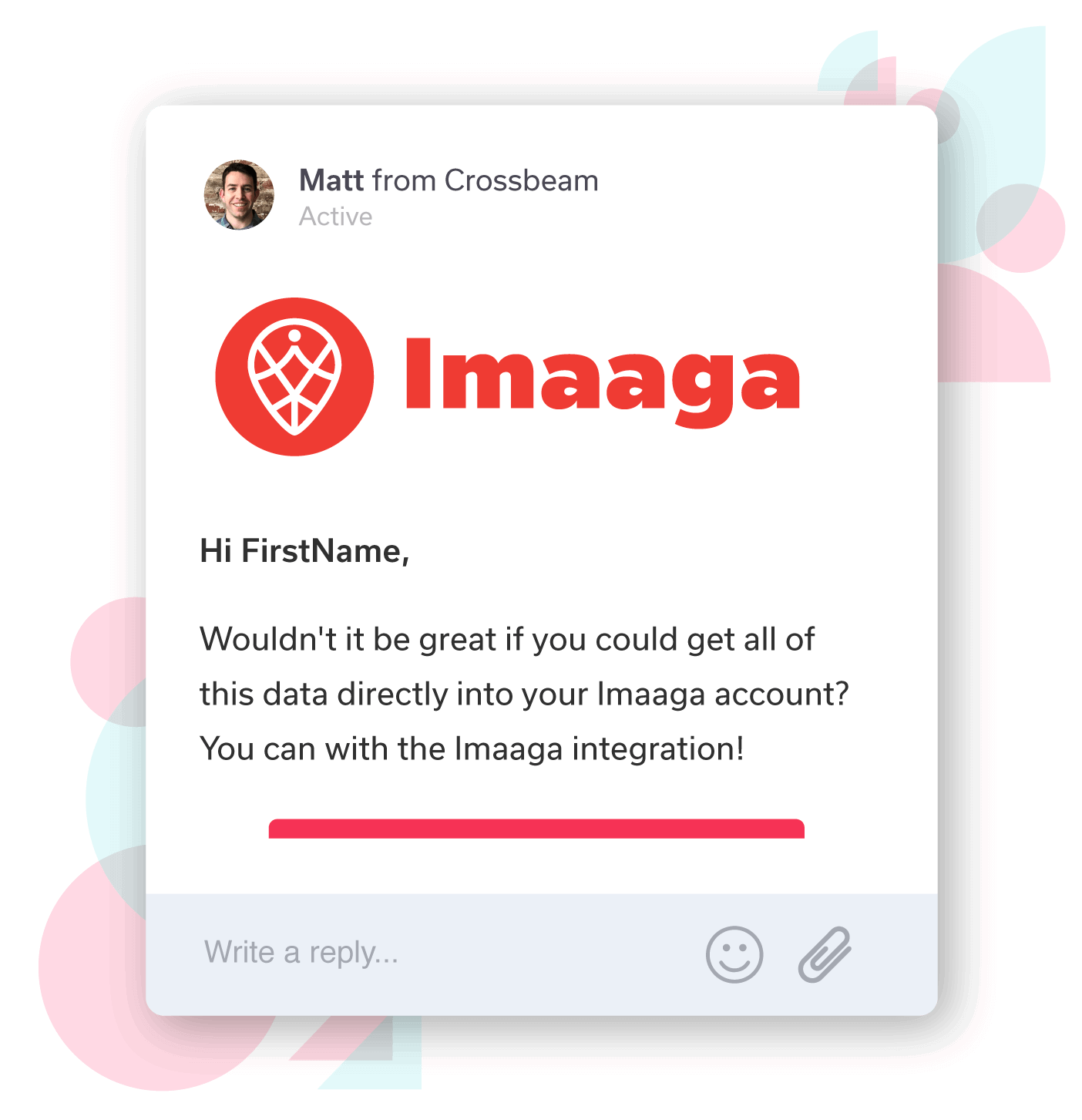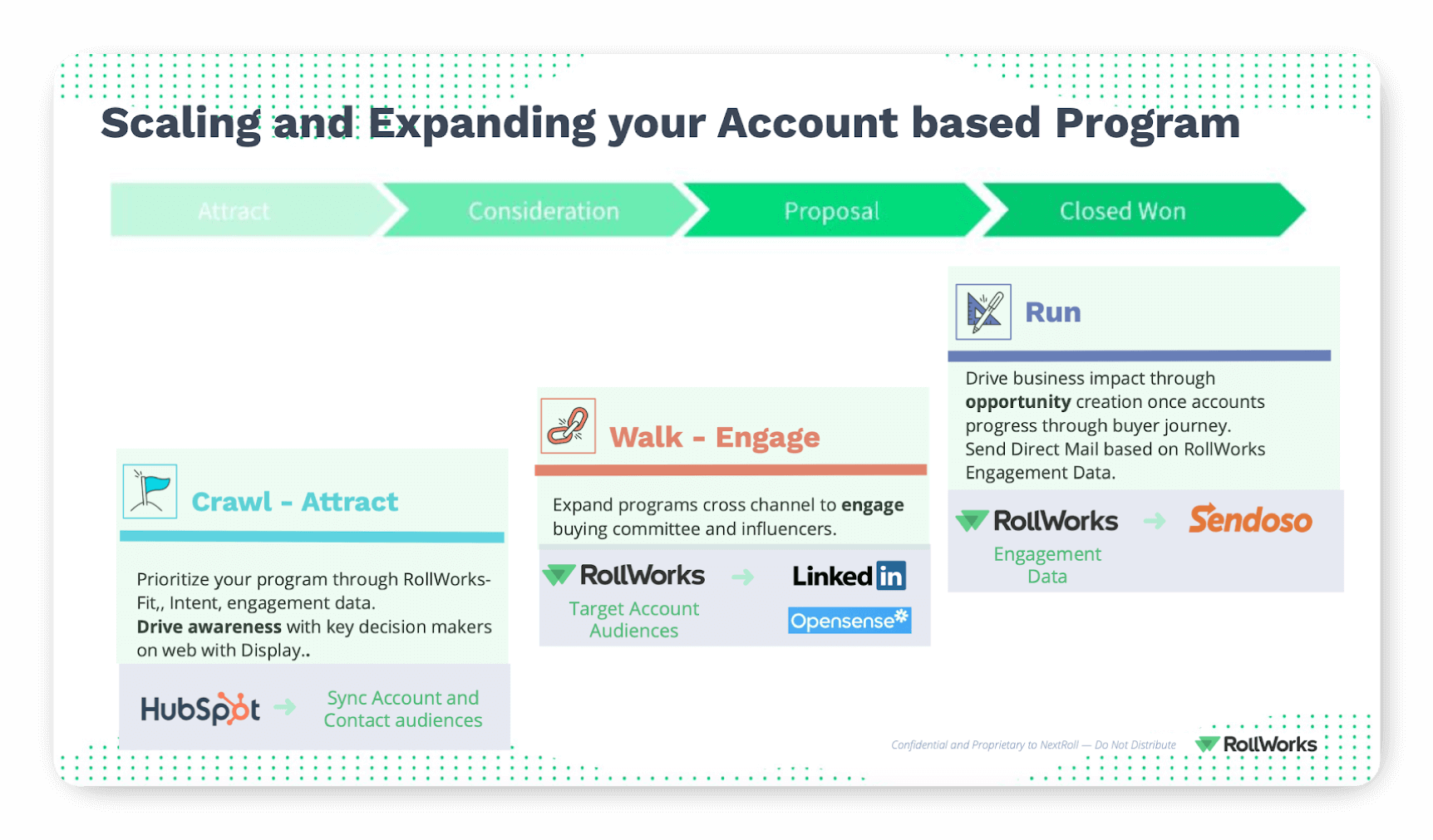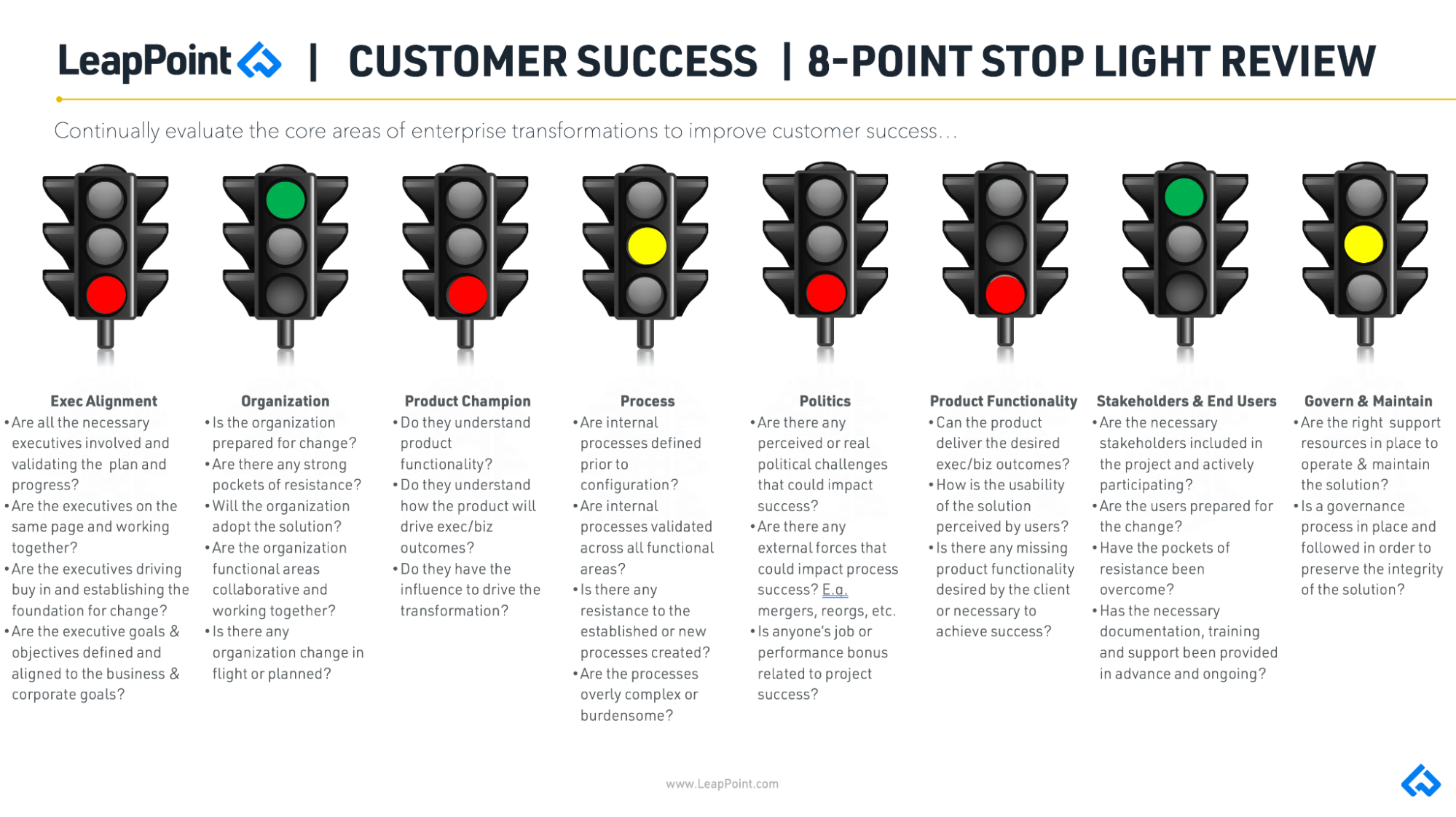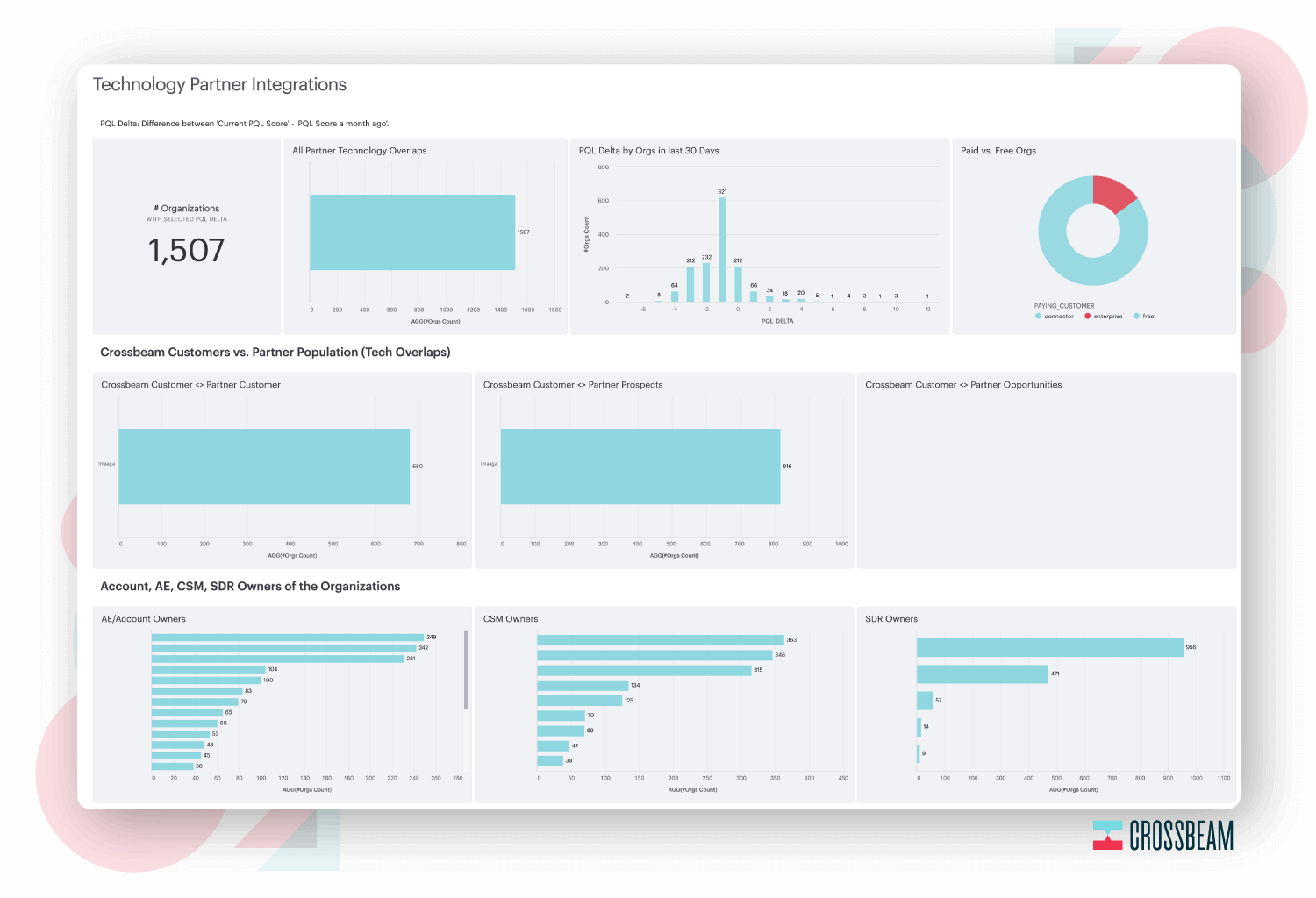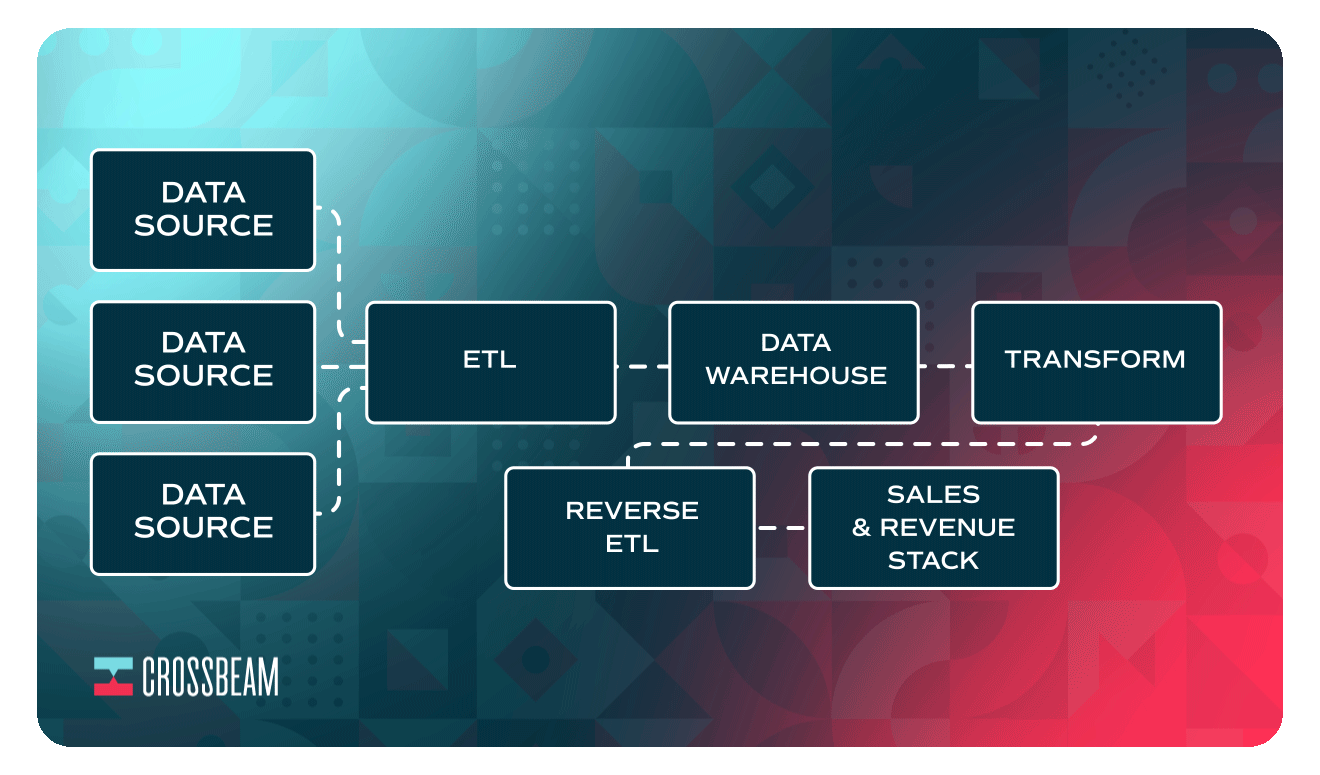Integrations can help your users achieve more value, and the earlier the better. The more integrations your users adopt to make your solution an integral part of their entire tech stack, the less likely they are to churn. Additionally, the more value your users can get with the help of your services partners, the happier they’ll be and the longer they’ll stay.
Bring partners into the picture earlier, and the effects will compound. You should be co-onboarding with partners — a.k.a. looking to your partners for support in guiding your new users to complete critical activities in your platform, to adopt integrations for the tools they use most, and to learn how to get the most value out of your product.
As a partnerships leader, you can directly impact your users’ onboarding and activation. You have the power to enlist the right partners to help alleviate your CSM’s pain points and to bolster their efforts guiding users through the onboarding journey.
But how do you know
which tech or services partners can help?
It all comes back to data. (Call your analytics or Partners Ops buddy over; they’re going to want to hear this!)
Activation velocity and why it matters
Adam Jarczyn, General Manager, Instant Pay at KOHO, Onboarding Advisor, and previous Global Head of Technology Programs at Shopify, measures “activation velocity” to track how groups of users become paying customers over time (and thus become “active”).
Activation velocity became a critical metric for helping
Jarczyn understand which marketing activities contributed to a successful activation. This enabled him to uncover leading indicators for improving activation among Shopify’s users.
To note: Many onboarding specialists prioritize the metric time to first value (TTFV); however, the TTFV metric helped Jarczyn understand how long it took a given user to convert but didn’t provide insight into why.
An example of one of Jarczyn’s activation velocity charts:
At
Shopify, Jarczyn improved user activity by 5% by investing in the steepest part of the activation velocity curve (pictured above). This is the timeframe that the highest percentage of users within a given cohort activated over time. By measuring activation velocity, you can determine the best times to invest in activities that accelerate activation — like rolling out nurture sequences, hosting enablement sessions, and co-onboarding with partners — and pull back on efforts when they’re less likely to glean results.
Focusing your activation efforts will boost your activation rate (and increase your free to paid conversions, if relevant). It will also give your marketing, customer success (CS), and product teams valuable time back.
You could provide your
CSMs with valuable insights like, “Users who receive enablement sessions between week two and three of onboarding activate X% faster than those who don’t, and enablement sessions after week two or three have little to no effect.” Your CSM will be happy to know where their efforts are most effective and where they can pull back. Tie in retention analytics, and you’re officially the most popular kid on the block.
To note: How you measure activation velocity depends on your company’s business model. For example, you might track the percentage of users who have:
- Converted to paying customers from a free tier (product-led growth)
- Onboarded a minimum amount of team members onto the platform (like ensuring each member of a customer’s sales team uses your sales engagement platform)
- Created a new listing or gained a minimum amount of buyers (like for a merchant using your e-commerce platform)
How partnerships impact activation
When you look at activation velocity and partner data, things get even more interesting. Let’s say you know that users in a specific cohort respond well to webinars and other marketing activities at a specific point in the onboarding journey. You can use a partner ecosystem platform (PEP) like Crossbeam to map accounts with your tech partners and determine which of these users are customers of your tech partners. Then, you can share on-demand webinars or enablement sessions featuring your partners and respective joint solutions relevant to the users. This type of engagement can:
- Help build trust between your team and the users who trust in your tech partners
- Encourage the adoption of your joint solution or integration among your users
- Educate your users about how others like them are using your product and your partner’s product

Alternatively, if you know that a cohort of users struggles with completing particular activities, you can bring a tech or services partner in to help guide them in the right direction.
“As an onboarding specialist, being able to triage the issue and understand who’s the best person to solve that problem, that is a skill that’s critical to any human-led onboarding,” says Jarczyn. “Being able to direct [customers] to a partner ecosystem is hugely valuable.’”
Let’s look at a few examples of how you can support your CSMs and improve activation by co-onboarding with partners:
Ask your partners to help educate your users on how they can effectively use your platform and achieve their wins faster.
For example: If a new customer of account-based marketing (ABM) company RollWorks has a limited view of ABM and could benefit from learning about more use cases, RollWorks turns to its partners for support. If RollWorks’s customer is also a customer of its tech partner Sendoso, a sending platform, RollWorks asks Sendoso to speak with the customer about some of the most effective use cases for combining ABM with direct mail. The customer already has an established relationship
with Sendoso, and Sendoso can shed light on the successes they’ve seen using their RollWorks integration with similar customers.

–
Set up alerts to notify your CSMs when specific users have become stagnant during the activation process. If your CSMs’ users haven’t completed a specific activity or milestone in a given time period, you can create an alert including information like:
- Which part of the onboarding experience their user is stuck in
- How long the user has been stagnant
- Which agency and/or tech partners have the user as a client or customer
- Your partners’ contact information
Your CSM can set up a call with your partner to discuss potential roadblocks the user may be experiencing and to see if the tech or services partner can help guide the user in accomplishing specific goals or simply to encourage product usage.
You can also set up automated Slack messages or emails between your CSM and your partners when a user has remained in a particular stage of the onboarding journey for a specific time period. To bring partner data into the tools your CSMs use and automate activities, you’ll want to use an “ETL” and “reverse ETL” data flow. We’ll cover the basics of setting up these data flows towards the end of this article.
–
Automate in-app messaging to drive integration adoption. First, map accounts with your partner to understand which of your users are already using your tech partners’ products. This will help you identify your users’ tech stacks. You should be encouraging the adoption of your users’ entire tech stacks throughout the duration of the customer journey. In the early days, determine which integrations will provide the most value for your users up front. These could be the integrations that have the greatest impact on retention or integrations relevant to the particular cohort of users and their business goals.
Then, you can use a “reverse ETL” data flow (more on this later) to trigger custom messaging in an in-app messaging tool like Intercom. For example: You could invite users at particular stages of the onboarding journey to adopt an integration you have with a tool they’re actively using and that would
help them achieve value faster.
–
Help your CSMs host enablement sessions for your agency partners educating them about high-priority integrations. If you know a particular integration improves customer health and/or activation, you can encourage your agency partners to participate in enablement sessions that help them drive adoption of the integration among your new users who are also you agency’s clients. Your CSM should inform your partner about how to implement the integration, and they should share stories about the wins your customers have achieved using the integration. Your partner will be able to apply these practices for your users who are currently onboarding and for similar users in their client base.
Patrick Scott, a CSM for agency partners at Reputation presents product and feature updates to his most active agency partners on a monthly basis. For example: Scott presented the experience management platform’s competitive insights feature to an ads agency partner whose client would benefit from adopting the feature. This enabled the agency to educate the client about the feature and share knowledge of the feature with similar clients.
Work with your CSMs to understand which users are struggling to activate. Then work with your analytics team or Partner Ops colleague to understand which integrations have the most impact on activation and on retention. Prioritize enabling your agency partners to implement these particular integrations.
–
Ask your tech partners to include your product as part of their customer’s integration roadmap or onboarding presentation. You can map accounts with your tech partner to identify which of your users who are struggling to activate are also new customers of your tech partner. Then, ask your tech partner’s CSM if they would be willing to include your product in their onboarding presentation for the users.
The partnerships team at Ometria, a customer data and marketing platform (CDMP) for retail, saw an opportunity for their tech partner to make a warm intro for their sales rep. Ometra’s partnership team set up a meeting including a stakeholder from the partnerships team from both companies, Ometria’s sales rep, and the partner’s CSM. As a result of the meeting, the partner’s CSM included Ometria as a recommended CDMP and integration during their kickoff meeting with the customer. You could follow a similar process for encouraging product usage and activation among new users.
An example of an integration roadmap RollWorks presents to some of their new users:
Look to your partner for help identifying potential roadblocks among your users that may prevent activation. If your users are struggling during particular activities or have become stagnant, your agency partners may have insight into why. Your CSM could reach out to your agency partner to learn about the user’s existing roadblocks, or they could team up on a joint call with your partner to discuss next steps with the user. You could also ask your agency partner to ask the user where they’re struggling, to guide them in completing particular activities, and to integrate your product into a long-term strategy for the user.
Austin Park, a Senior Account Executive at SEO platform Botify, says his agency partner offered to educate his prospect about successful use cases using Botify. As a result, Park closed the deal. Similarly, your partner can advocate for your product and share their expertise with your new users that will help them hit their milestones faster.
Your partners can also help to eliminate potential roadblocks that your CSM may not be aware of. Your agency partners have visibility into their clients’ tech stacks, while your CSM likely has a more limited view. To help their tech partners’ CSMs provide more holistic value to users, boutique system integrator (SI) LeapPoint creates a shared language among their delivery services team and their tech partners’ CSMs. Their 8-Point Stop Light Review Chart includes eight categories of digital transformation in which they’ve seen clients experience pain points and fail in achieving their goals.
In the chart below, the color “red” signifies the client should prioritize improving in the particular category to avoid issues that could impact their business. If a client is in the “red” or “yellow” category, they may encounter challenges that could negatively impact their usage of various products in their tech stacks and the results they’re able to achieve. This is where LeapPoint can provide critical guidance to their tech partner’s CSM. The CSM can then take action to guide the user in the right direction before it can impact the user’s experience in their product.
“If the implementation was a failure, there’s very little the CSM will be able to do to correct it. They’ve got to be [there at the start] of the process,” says Nicholas DeBenedetto, CEO at LeapPoint.
Optimizing your data flow to support activation velocity
ETL tools (“extract, transform, load”) can help you understand the impact your tech and channel partners have on activation. Additionally, reverse ETL tools can help you automate partner engagement to improve activation.
ETL enables your analytics team or Partner Ops to pull partner data and other data sources into a collaborative data science platform, like Mode. This is where your team can understand how your tech and channel partners impact metrics like retention, churn, and product usage. For example: Knowing which integrations have the greatest impact on retention can help you determine which integrations to drive adoption for in the early days of a user’s onboarding. The more value your users get early on, the more likely they are to activate.
At Crossbeam, we use Mode to analyze partner data from Crossbeam alongside other data, like product usage:
For example: You might find that users who have adopted a particular integration are more active in your product. If so, you should encourage integration adoption among similar users who are less active in the platform to help improve their customer health.
You can use a reverse ETL tool to bring partner data into the tools your go-to-market (GTM) teams use every day. To improve activation velocity, you may want to bring partner data into your in-app messaging tool, where you can automate messaging that encourages integration adoption at specific points of the onboarding journey.
At Crossbeam, we use Census for reverse ETL, which pushes partner data into a number of other tools. (Check out all of Census’ tech and channel partners on Partnerbase.)
Once you’ve enlisted your tech and agency partners for help, track how effectively your partners impact activation. Work with your analytics team or Partner Ops to observe how your partners have accelerated activation and improved product usage and/or customer health.
–
Want more actionable tips for growing and leveraging your tech ecosystem? Check out our Partner Playbook below, and don’t forget to watch our webinar on
“Everything you didn’t know you could do with partner data” here.



